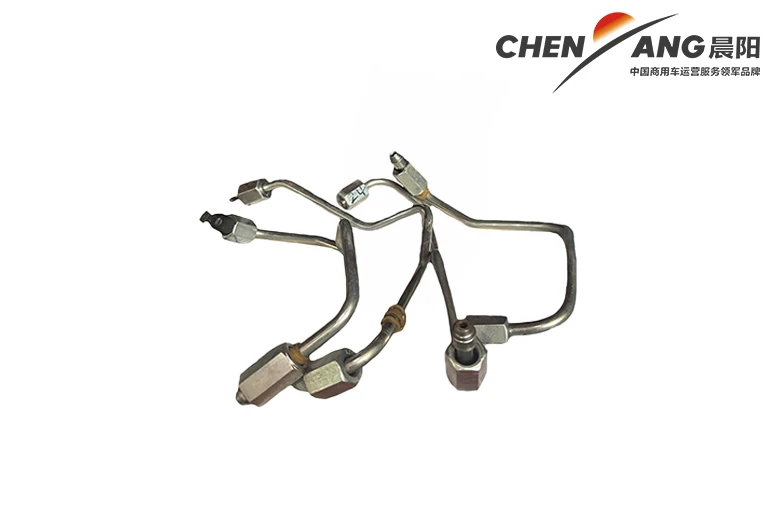Understanding Engine Seals and Their Importance in Automotive Maintenance
Understanding Engine Seals Their Importance and Types
Engine seals play a crucial role in the functioning and longevity of an engine. They are designed to prevent the leakage of fluids and gases, ensuring that various components operate efficiently and effectively. In the context of automotive, aircraft, and various machinery engines, the significance of these seals cannot be overstated. In this article, we will explore the types of engine seals, their functions, and the importance of maintaining their integrity.
What Are Engine Seals?
Engine seals are mechanical devices that fill gaps between two or more parts. Their primary purpose is to manage the flow of fluids, whether they are oils, fuels, or coolants, and to keep contaminants out of sensitive areas within the engine. They are essential for maintaining the pressure required for optimal engine performance and preventing leaks that can lead to severe engine damage or failures.
Types of Engine Seals
There are numerous types of engine seals utilized in different applications within an engine
. Some of the most common types include1. Gaskets These are flat seals made of various materials, including rubber, cork, paper, or metal. Gaskets are typically used to create a tight seal between two rigid components, such as the engine block and cylinder head. They can withstand high temperatures and pressures, making them suitable for delivering a reliable seal in critical areas.
2. O-Rings O-rings are circular seals often made from rubber or other elastomers. They are used in a variety of applications throughout the engine, including oil pumps and hydraulic systems. O-rings fit into a groove between two parts, providing a tight seal when compressed.
3. Shaft Seals (or Lip Seals) These seals are crucial for preventing fluids from leaking out of rotating shafts, such as those found in oil pumps or transmission systems. Shaft seals often have a rubber lip that maintains contact with the moving shaft, forming a barrier against oil or coolant leaks.
4. Camshaft and Crankshaft Seals These specialized seals are located at the ends of the camshaft and crankshaft, preventing oil from leaking out of the engine. Given their exposure to constant motion and heat, these seals must be durable and resilient.
engine seal

5. Turbocharger Seals In engines equipped with turbochargers, specific seals are required to handle the high pressures and temperatures involved. These seals prevent boost pressure from escaping and ensure that lubricating oil doesn’t leak into the intake or exhaust systems.
Importance of Engine Seals
Proper functioning of engine seals is critical for several reasons
- Preventing Oil Leaks Oil leaks can lead to engine damage, reduced performance, and potentially expensive repairs. Keeping oil contained within the engine ensures that all parts remain lubricated, preventing excessive wear and tear.
- Maintaining Pressure Seals are essential for maintaining the necessary pressure within various engine components. This pressure is vital for the engine's performance, affecting fuel efficiency and power output.
- Preventing Contamination Seals help keep dirt, dust, and debris out of critical engine areas. Contaminants can cause significant damage, leading to costly repairs and downtime.
- Improving Efficiency Leaks can lead to reduced efficiency in engine performance. A well-sealed engine operates more effectively, contributing to better fuel economy and reduced emissions.
Maintenance and Replacement
Regular maintenance is necessary to ensure the integrity of engine seals. Mechanics typically inspect seals during routine service checks, replacing any that show signs of wear or degradation. Symptoms of a failing seal can include oil spots under the vehicle, decreased oil levels, and engine overheating. Therefore, addressing seal issues promptly is crucial to avoid more significant problems down the line.
In conclusion, engine seals are essential components that contribute to the overall health and performance of an engine. Understanding their types and functions underscores their importance in automotive engineering. For vehicle owners and mechanics alike, the proactive management of engine seals can prevent costly damage and enhance the longevity of their engines. Through regular inspection and timely replacement, vehicle performance can be optimized, ensuring a smooth and efficient driving experience.
-
SINOTRUK HOWO 84 Electric Dump Truck for Eco-Friendly Heavy HaulingNewsJul.26,2025
-
The Fast 16-Gear Manual Transmission Assembly for Heavy TrucksNewsJul.25,2025
-
Mercedes Benz Actros 1848 42 Tractor Truck for Sale - Reliable PerformanceNewsJul.24,2025
-
High-Quality Water Pump Assembly for Sinotruk Trucks – Durable & ReliableNewsJul.23,2025
-
Premium Truck Engine Antifreeze Coolant Fluid for Heavy Duty VehiclesNewsJul.22,2025
-
FOTON View G7 Mini Bus: Affordable & Spacious TransportNewsJul.22,2025
Popular products

























